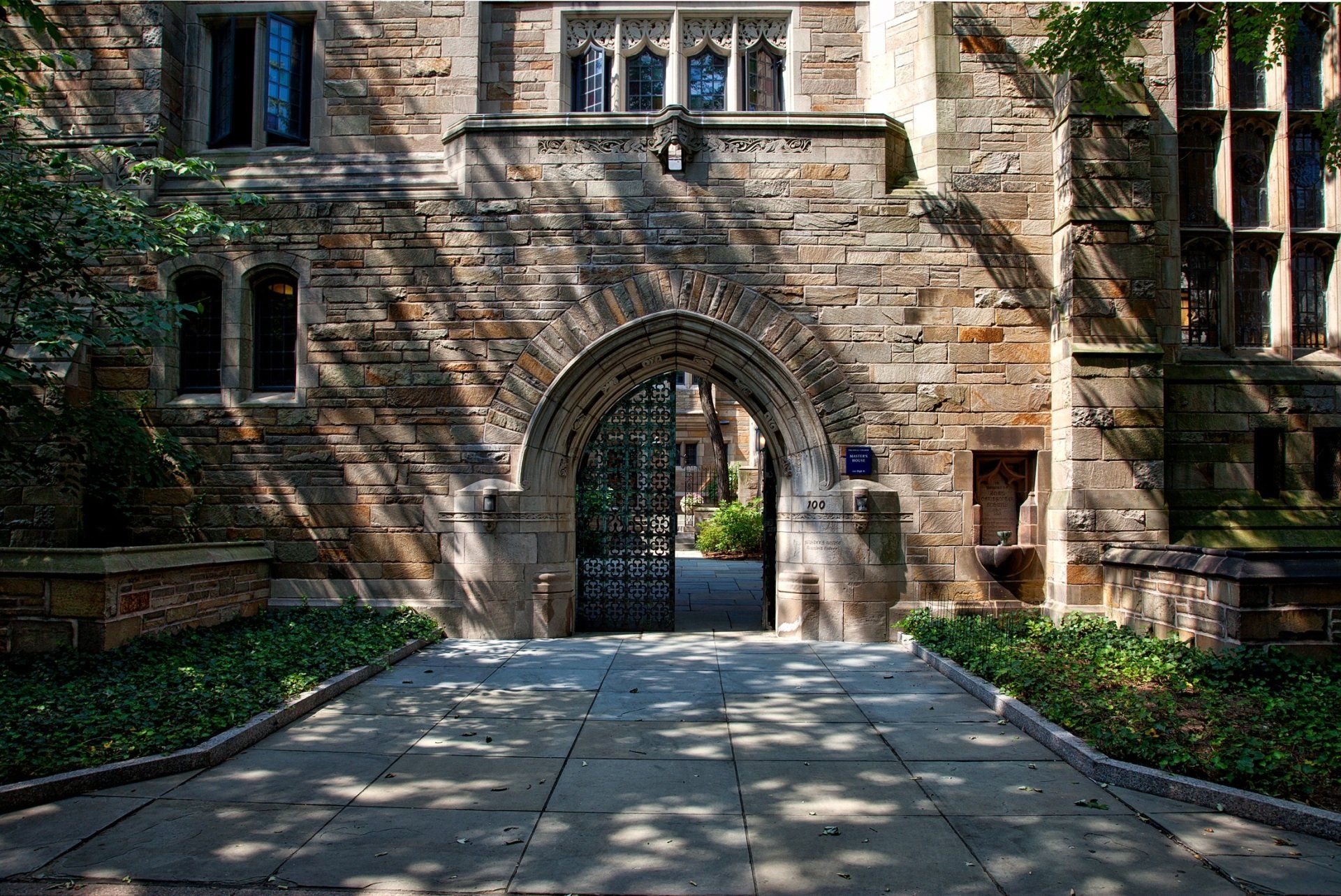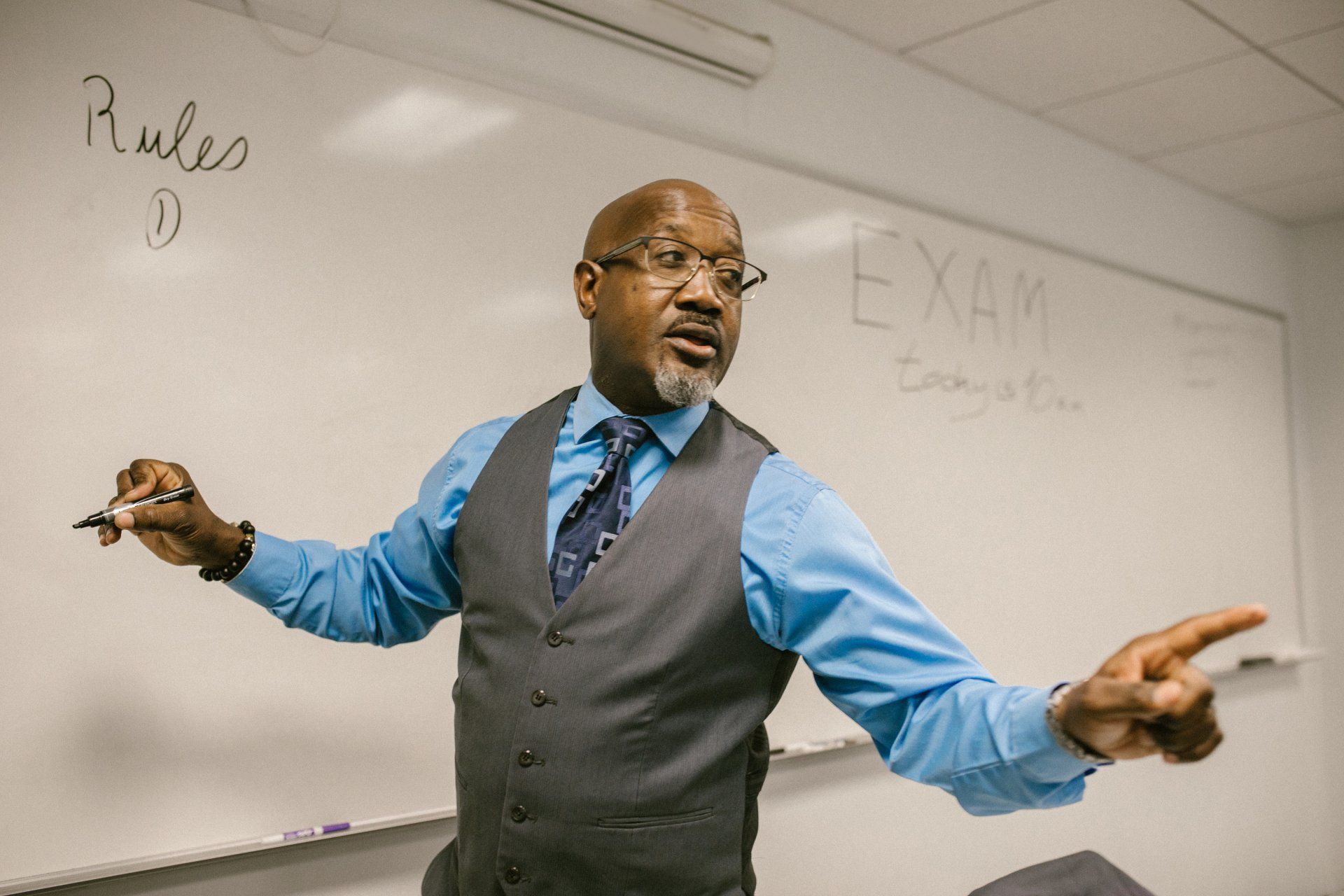Education
Currently in the United States, there are 18 chiropractic colleges. Since 1974, standards for chiropractic education have been established and monitored by the Council on Chiropractic Education (CCE). Recognized by the U.S. Department of Education as the specialized accrediting agency for chiropractic education, the CCE sets the standards for the curriculum, faculty and staff, facilities, patient care and research.
Admissions requirements of chiropractic colleges are influenced by CCE standards and chiropractic licensing board requirements. A minimum of two years of undergraduate education is required, with successful completion of courses in biology, general chemistry, organic chemistry, physics, psychology, English/communication and the humanities. Each required science course must also include a laboratory unit.


Ninety credits or more must be completed prior to admission to a chiropractic college, although several students enter with a bachelor’s degree. A doctor of chiropractic program consists of five academic years of professional education averaging a total of 4,822 hours of course work. Several areas of study are emphasized during the course of chiropractic education:
- adjusting techniques/spinal analysis
- principles/practices of chiropractic
- physiologic therapeutics
- biomechanics
The practice of chiropractic is licensed and regulated in all 50 states in the U.S. and in over 30 countries worldwide. State licensing boards regulate, among other factors, the education, experience and moral character of candidates for licensure, and protect the public health, safety and welfare.
The National Board of Chiropractic Examiners (NBCE) was established in 1963 and functions quite similarly to the National Board of Medical Examiners. The NBCE maintains consistency and fairness among the state licensing boards. The NBCE also administers the national board examination necessary to practice as a chiropractor. This exam is divided into several specific sections:
- Part I covers the basic sciences and may be taken after the first year of chiropractic college education.
- Part II covers clinical sciences and is administered when students are in their senior year of chiropractic college.
- Part III is a written clinical competency examination covering case history, physical examination, neuromusculoskeletal examination, x-ray examination, clinical laboratory and special studies, diagnosis or clinical impression, chiropractic technique, supportive techniques, and case management.Physiotheraphy exam covers physical therapy modalities, their use and contraindications, exercise and rehabilitation.
- Part IV is a practical examination, covering three major areas of chiropractic clinical competency: X-ray interpretation and diagnosis, chiropractic technique and case management.
Finally, chiropractors must pass the state licensing board’s jurisprudence examination prior to receiving a license to practice.


